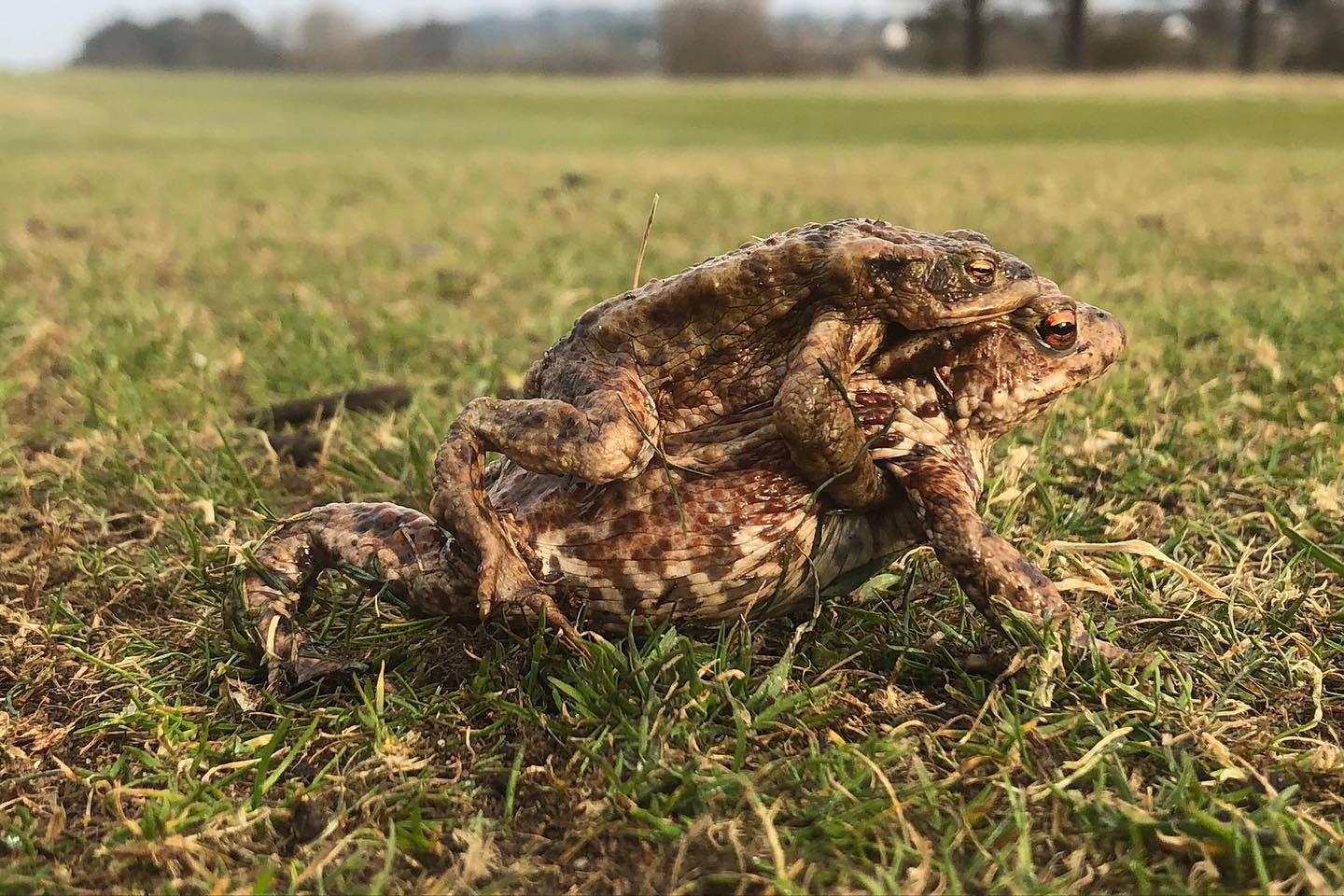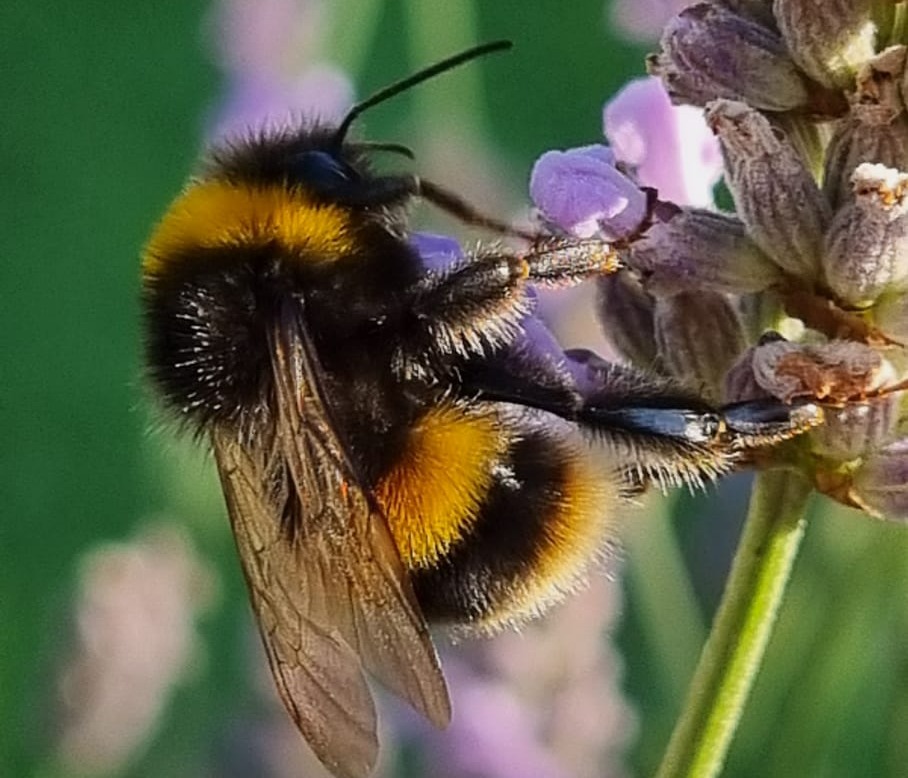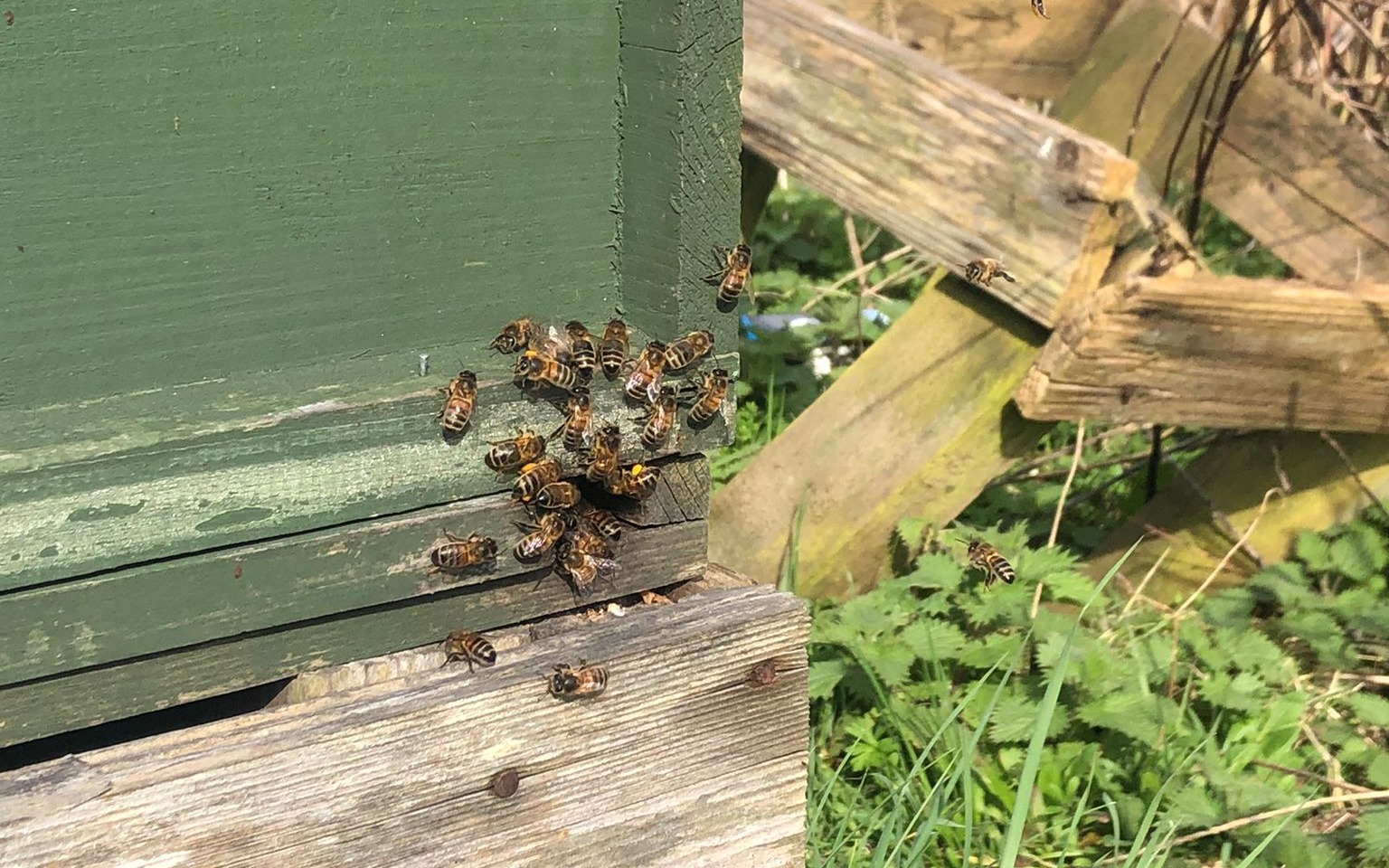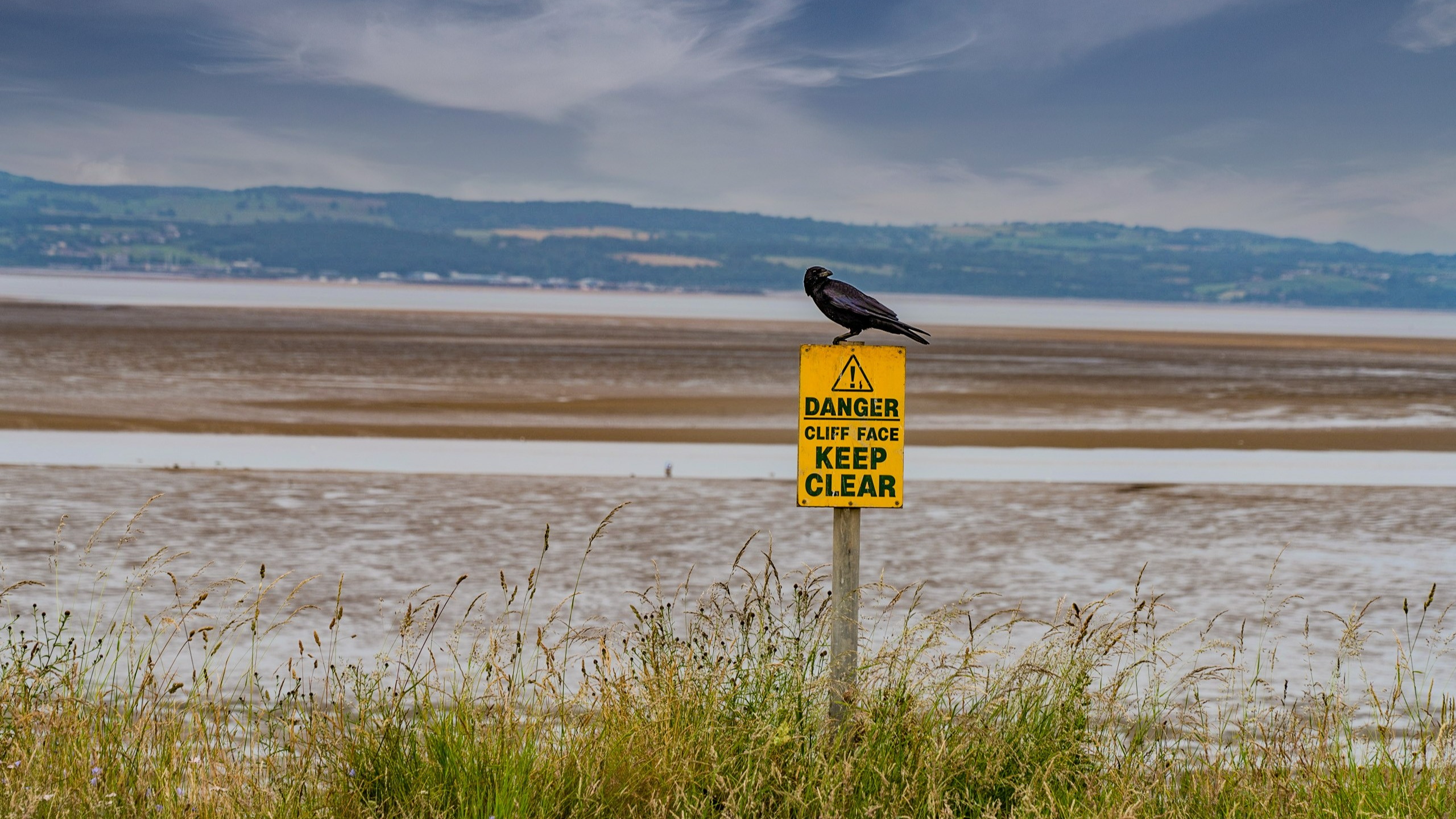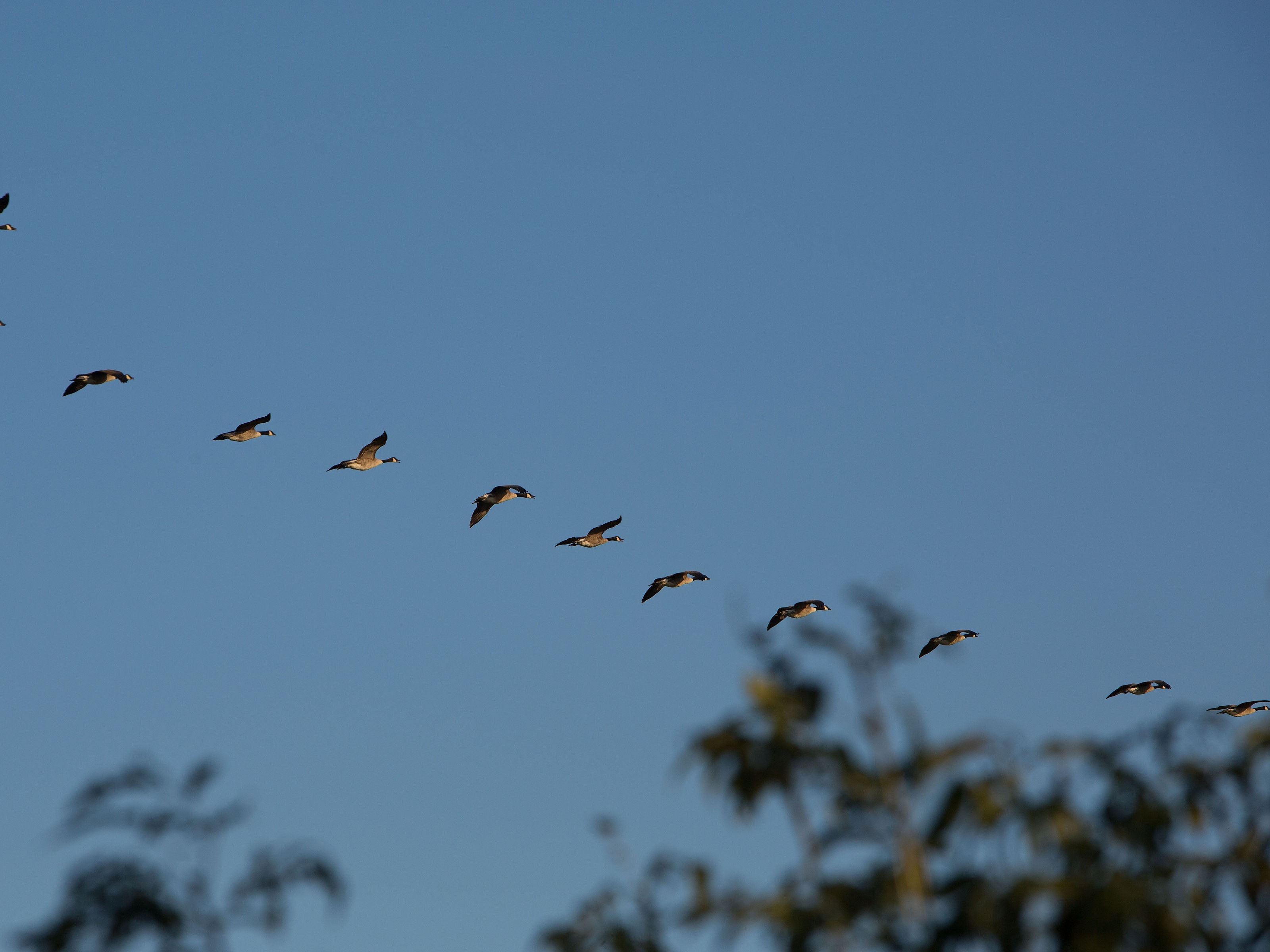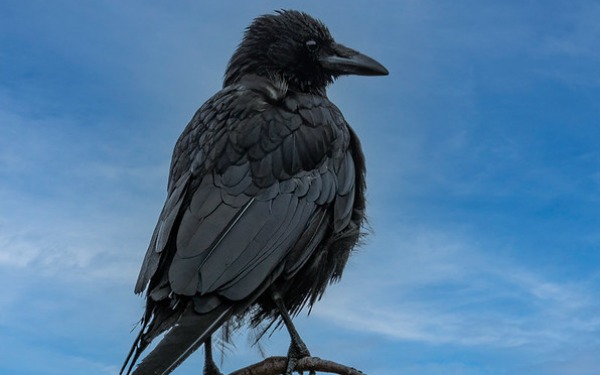
Sustainable Practices
• Course arisings, including grass clippings, leaf litter, collected rough cuttings, woodchips and old turf, together with path and bunker edgings, are stacked and turned to produce material for construction work.
• Clipping pads on each hole have been constructed to aid in the storage of the arisings.
• Sensible mowing heights and low disturbance asissts with the transition to finer sward species, of a fescue and bent nature.
• Focus on plant health reduces the reliance on pesticide applications using Integrated Pest Management.
• Rootzone, which is removed during aeration work on fine-turf areas, is recycled back into critical areas.
• Caldy Golf Club was the first course to install a fully enclosed reed-bed system for recycling our machinery washings, which also incorporates roof rainwater collection.
• Bamboo products are utilised wherever possible in the Clubhouse and locker room areas.
• Currently working towards GEO accreditation.
Wildlife
• Liaison with local Wildlife groups, including Wirral Barn Owl and Badger Trusts. The Cheshire Wildlife Trust have undertaken species surveys and a local group have also done amphibian surveys.
• All of our 'out of play' areas are managed to enhance species diversity. Hedgerows are only trimmed outside nesting seasons. Pond work is timed for low impact to amphibian populations.
• We are a Site of Special Scientific Interest (SSSI), a Wetland of International Importance Site (RAMSAR) and the Estuary is a Special Protected Area (SPA), being a major Migratory corridor for many bird species.
Conservation
• Pond maintenance includes control of invasive species, shade reduction to aid water quality and enhance the aesthetics of the hazard.
• Thinning and restocking of Woodlands, with an emphasis on maintaining the indigenous species. Shade reduction around all fine-turf areas is a major factor in any removal works.
• Rough management is aimed at reducing coarse grass species, denitrifying soils and creating spaces for Wildflower species to colonise
• We have on course bat boxes, bird boxes (particularly the Barn Owl pole boxes), and have created areas near ponds for Amphibians to overwinter. We now have two areas of the course with Beehives in situ.
• We have planted some 1500m of hedgerow and laid approximately 2 km of existing mixed boundary hedgerow to enhance our course perimeters.
